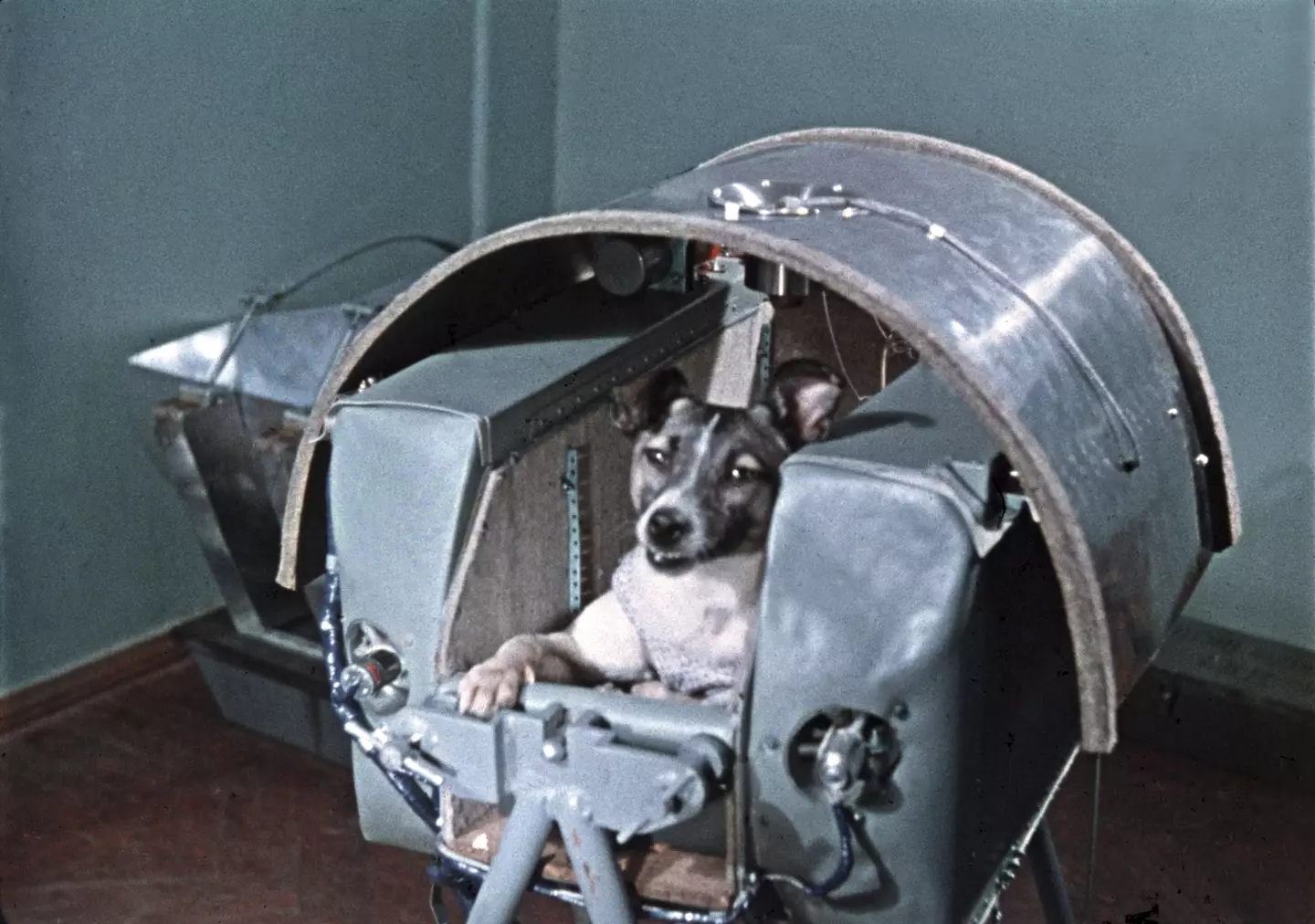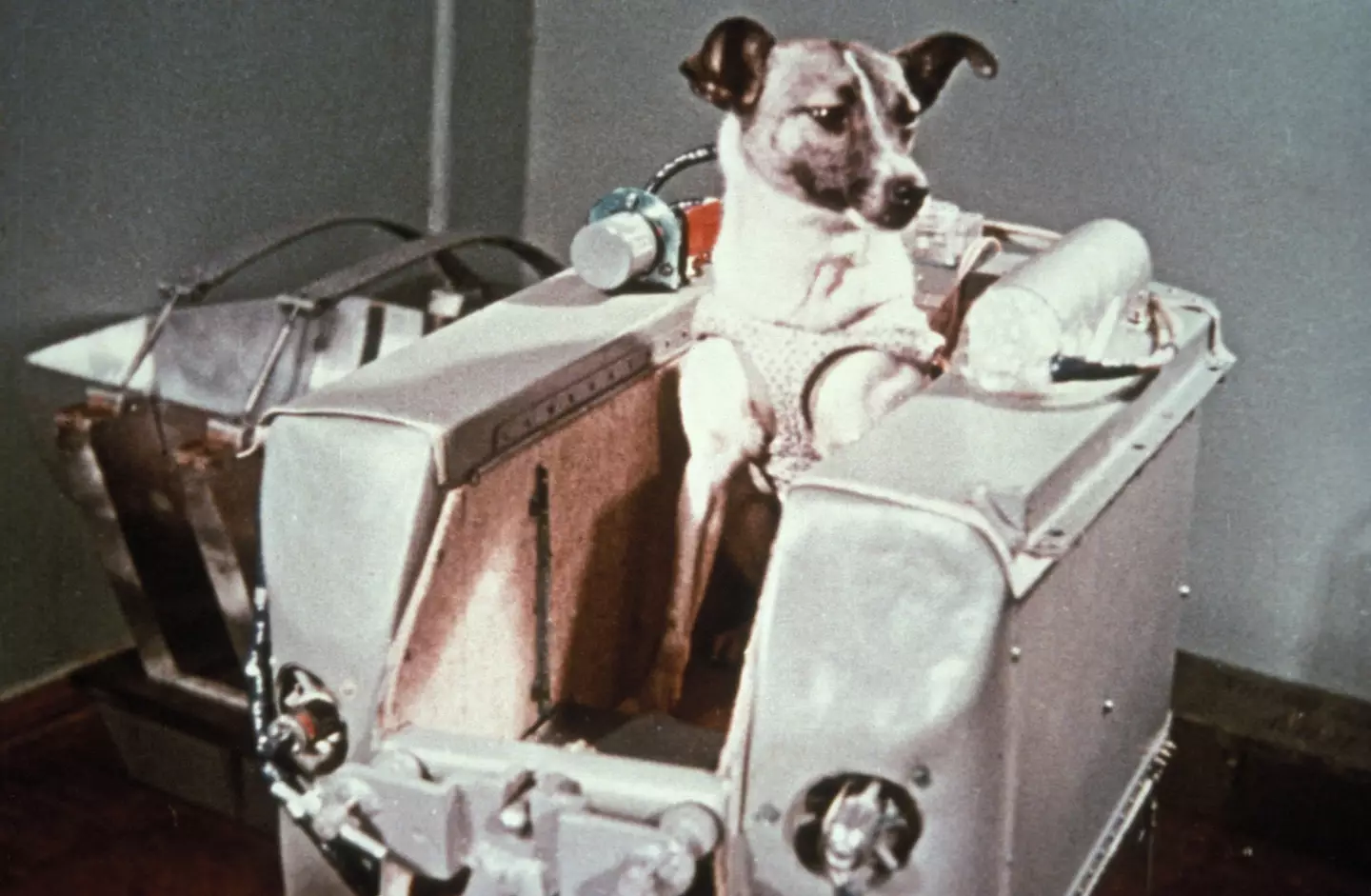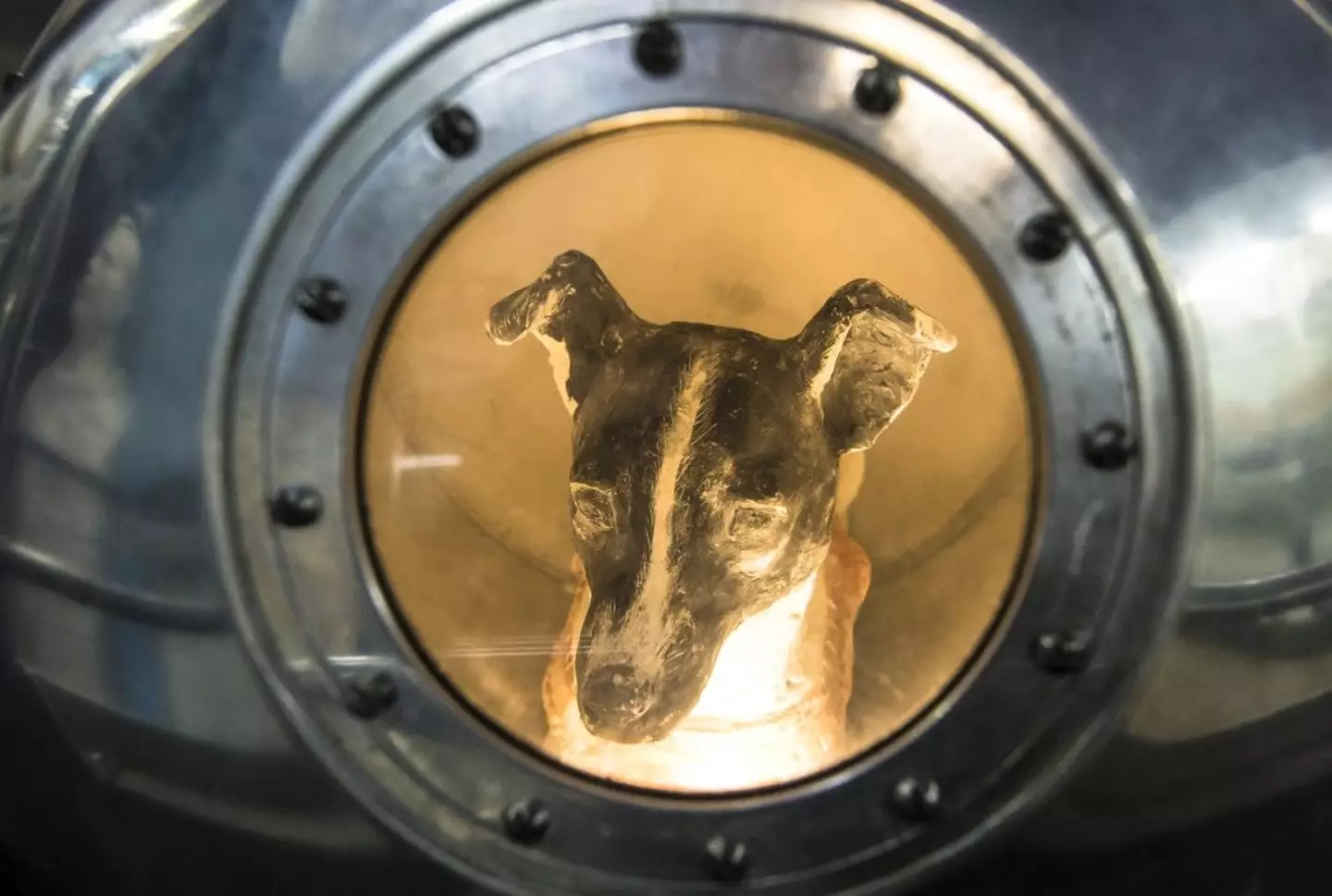Space exploration has always fascinated humanity. We often celebrate triumphs like Neil Armstrong’s moon landing or Yuri Gagarin’s pioneering spaceflight. However, hidden among these tales of glory is the tragic story of Laika, the first living creature to orbit Earth—a stray dog plucked from obscurity to serve as a reluctant pioneer in humanity’s quest to conquer space.
The Dawn of Space Exploration and Laika’s Role

The 1950s marked the height of the Cold War, with the United States and the Soviet Union locked in a fierce battle for technological supremacy. The Soviets had just launched Sputnik 1, the first artificial satellite, when Soviet Premier Nikita Khrushchev demanded an even greater feat to commemorate the 40th anniversary of the October Revolution.
The plan was ambitious and perilous: send a living being into space to assess the effects of spaceflight on biological organisms. With no technology available to guarantee the return of a living creature, the mission was doomed from the start for its chosen passenger.
Laika: From Stray Dog to Space Pioneer
Laika, whose name roughly translates to “bark,” was a stray dog roaming the streets of Moscow. Soviet scientists sought stray dogs for their resilience, believing animals accustomed to harsh conditions would better endure the stresses of space travel. Laika, a three-year-old mixed-breed part Samoyed, part terrier, was selected for her gentle temperament and small size.
Her training was intense and grueling. She was confined to progressively smaller spaces to simulate the cramped conditions of a spacecraft, fed a gelatinous diet, and subjected to centrifuge tests to prepare her for the physical toll of gravitational shifts during launch.
While the world watched in awe, few knew the harsh realities Laika endured. For the Soviet Union, she was not just a dog but a symbol of progress, chosen to lead humanity’s charge into the unknown.
The Fateful Launch of Sputnik 2
On November 3, 1957, Laika was launched aboard Sputnik 2. This spacecraft, hastily constructed in less than a month, was far from perfect. While equipped with basic life-support systems, it lacked the capability to safely return its passenger to Earth.
Initial reports from Soviet authorities claimed that Laika survived for several days, but the truth was far grimmer. In 2002, Russian scientist Dimitri Malashenkov revealed that Laika died within five to seven hours after launch, succumbing to panic and overheating. Heart rate monitors showed signs of extreme distress during the ascent, and the spacecraft’s faulty thermal insulation likely caused fatal overheating.
Her death was swift, yet her suffering sparked an ethical debate that continues to this day.
Laika’s Tragic Legacy
Laika’s remains, along with Sputnik 2, disintegrated during re-entry into Earth’s atmosphere on April 14, 1958. Her mission, though short-lived and heart-wrenching, provided crucial data on the physiological effects of space travel on living beings.

Despite the tragedy, the Soviets pressed on with their animal space programs. In 1960, two other dogs, Belka and Strelka, successfully orbited Earth and returned alive, marking a critical milestone in space exploration. Yet, Laika’s sacrifice remains a poignant reminder of the cost of scientific progress.
Ethical Reflections: Was It Worth the Cost?
The story of Laika raises profound ethical questions. Was it justifiable to send an animal on a mission with no hope of return? For many, Laika’s mission represents the darker side of scientific ambition—a willingness to sacrifice innocent lives in pursuit of greater goals.
The public reaction to her death was mixed. While many celebrated her as a hero, others condemned the mission’s cruelty. Over time, her story has come to symbolize the ethical dilemmas inherent in balancing progress with compassion.
Honoring Laika’s Memory

Today, Laika is remembered not just as a scientific pioneer but as a symbol of sacrifice and resilience. Statues, murals, and memorial plaques in Russia honor her contribution to space exploration. In 2008, a monument was erected in Moscow featuring a rocket rising into the sky with a figure of Laika at its peak.
Her legacy lives on in the continuing discussions about animal testing and the ethics of space exploration. She may have been a small, unassuming dog, but Laika’s story resonates with people worldwide, reminding us of the sacrifices made in the name of progress.
Conclusion
Laika’s journey into space was a bittersweet milestone in humanity’s exploration of the cosmos. While her mission paved the way for future achievements, it came at an unimaginable cost to an innocent life. Her story serves as a powerful reminder of the ethical challenges that accompany groundbreaking scientific endeavors. Laika’s legacy lives on, urging us to pursue progress with empathy and to never forget the lives that have been sacrificed in the pursuit of our dreams.


